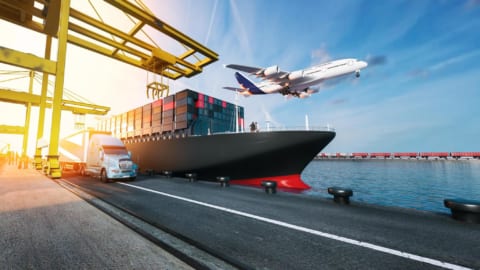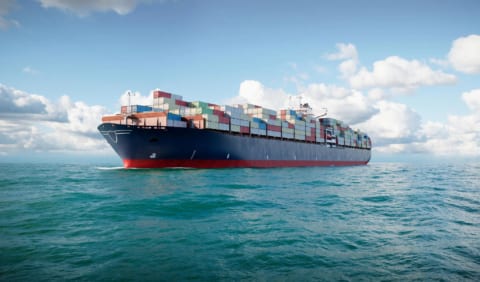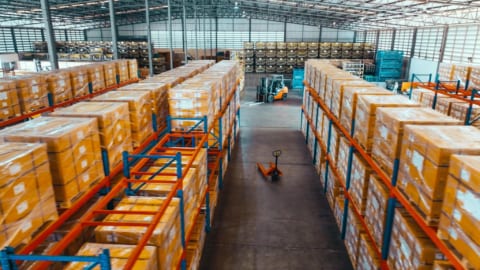The container shipping sector enjoyed an unprecedented boom during the pandemic but the coming year sees a difficult combination of sluggish demand and sharply rising fleet growth.
The Baltic Exchange, in collaboration with Freightos, and Vespucci Maritime, have released their container shipping report for January.
Their opinion is that in 2023, container market conditions will be drastically different from 2022.
A normalisation of container logistics, retail inventory correction, a cyclical downturn and new environmental regulations could shape the new year.
At its worst, 13.8% of global capacity was removed from the market in January 2022. The situation reversed in the year, when these bottlenecks were gradually resolved, and by the end of November 2022, the capacity held back by congestion globally had been reduced to just 5.5%.

Vespucci CEO Lars Jensen believes that logistical bottlenecks will fully normalise by the end of the first quarter of 2023, unless there is another strike by US West Coast dockers and a resumption of Covid-19 restrictions.
Jensen said, “Presently, demand is highly subdued due to an ongoing inventory correction by many importers, especially in Europe and North America. This has caused demand to drop below pre-pandemic levels.”
The immediate outlook appears grim, and since the vessel order book has grown immensely, it will be hard to stave off a classic shipping cycle with mountains of capacity delivered into an already soft market, unless there is another extraordinary exogenous shock to the system.
The global fleet has an orderbook of roughly 9% in both 2023 and 2024. Even when accounting for an increase in scrapping, this is more than any reasonable estimate of demand growth.
Jensen said, “The baseline assumption should therefore be one of mainly normal operational performance in 2023, and hence access to vessel capacity is also normalised.
“Whether there will be a surge in demand following the end of the inventory cycle depends on the depth and duration of the current economic downturn. At best, such a surge might happen in peak season 2023, but worse, it might be postponed until early 2024 in the lead-up to the Lunar New Year.”
Finally, the new environmental rules IMO2023 have taken effect, convincing more liner operators to practice slow-steaming.
Jensen noted, “This isn’t a ‘big bang’ impacting all vessels right away but will be a gradual effect over 2023 and 2024. However, the quantitative impact is quite uncertain, and market estimates range from almost nothing to a 10% capacity reduction. This effect can limit the downcycle in the market, but not eliminate it entirely.”
The lackluster prospects for growth in 2023 raise questions about the options available to the shipping companies. Even though it might seem surprising to raise questions about their capacity for survival after two years of record profits, such questions are apt. Adaptability is going to be the watchword as the sector confronts the complex task of dealing with market developments and staying profitable, while it continues to work with capital-heavy tools offering little room for agility.
Reported by Alex @WeDo 2023-02-04










